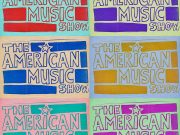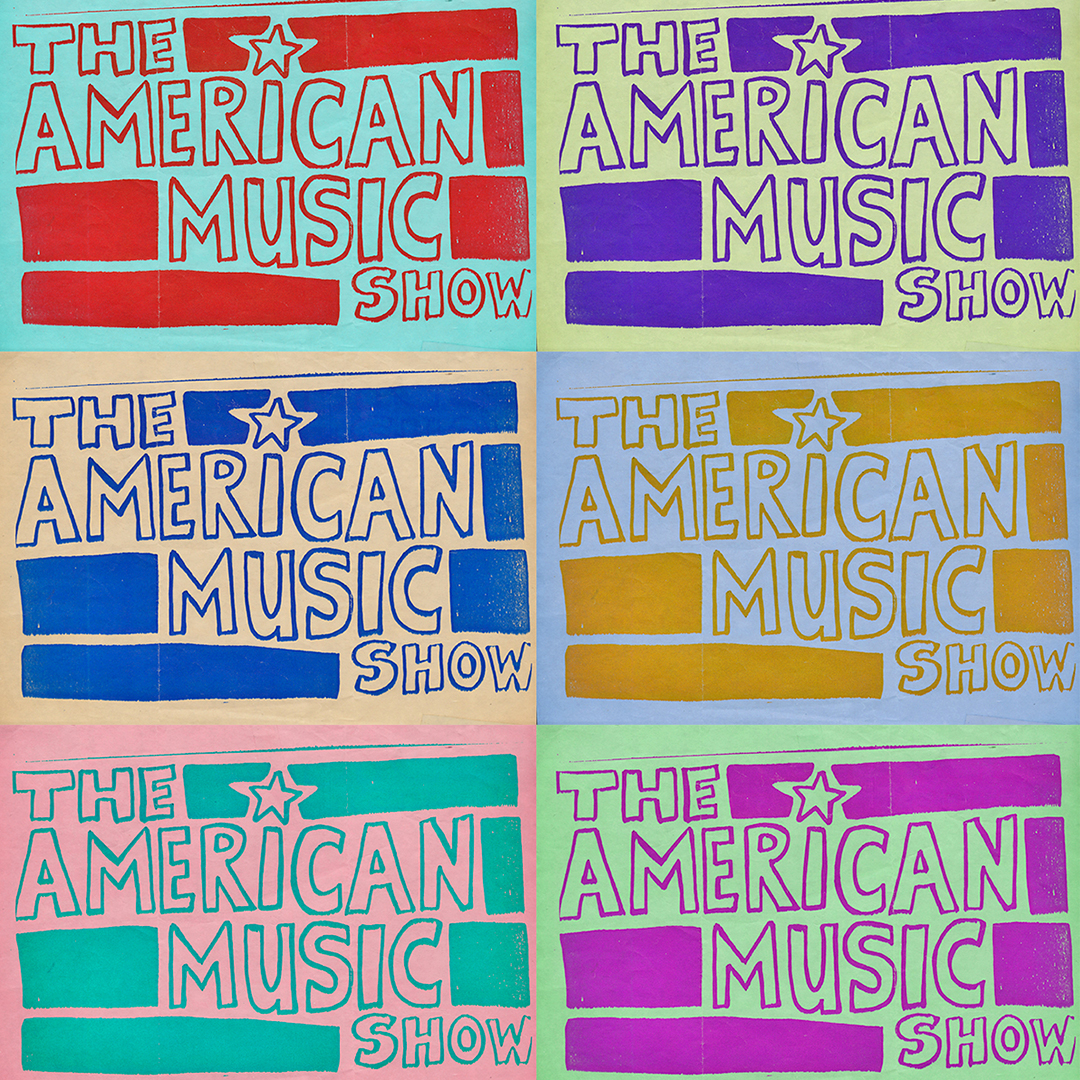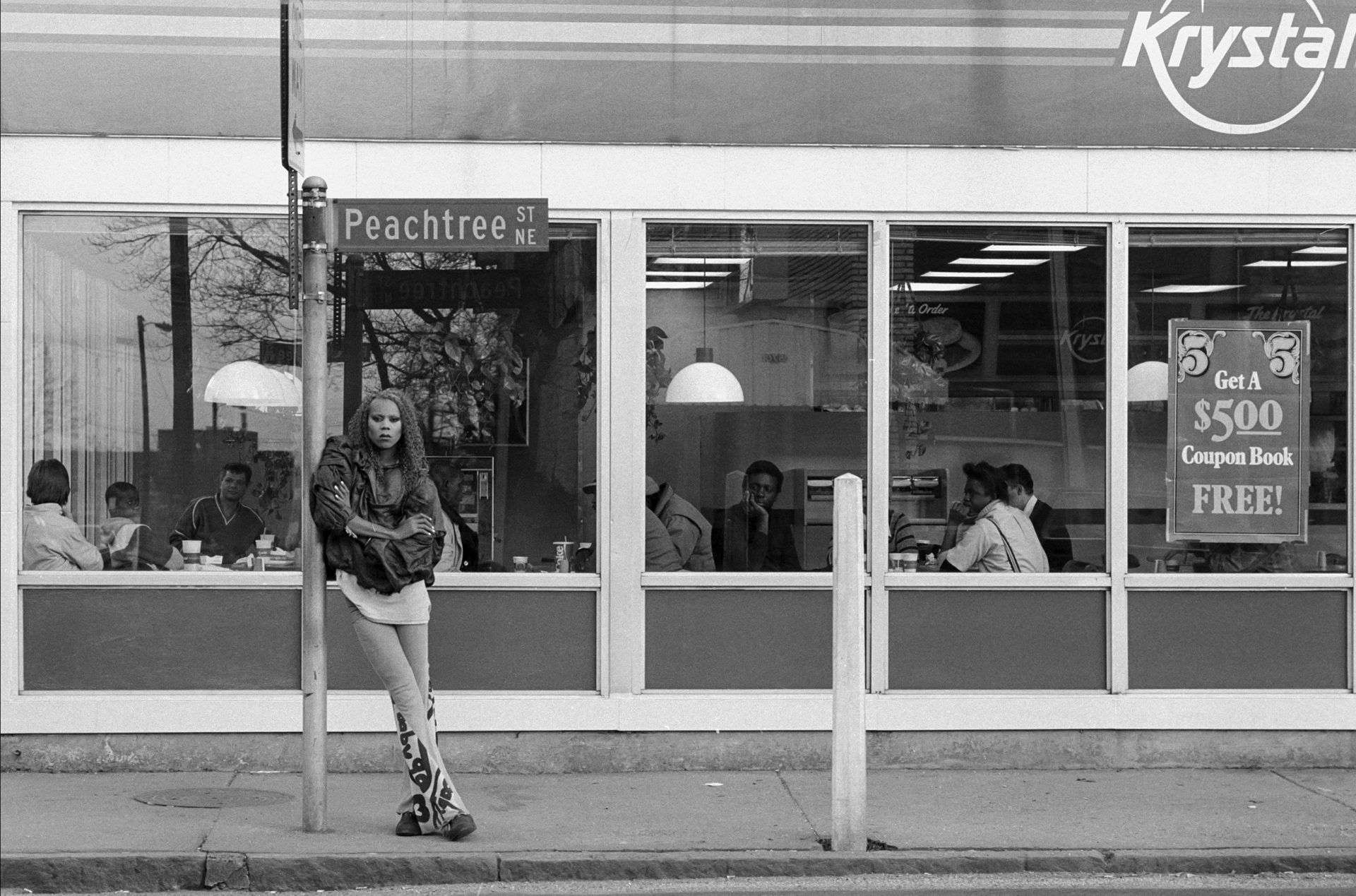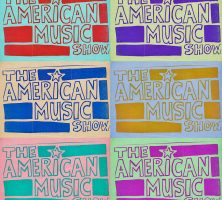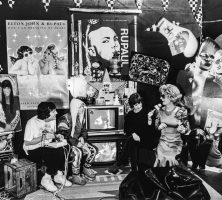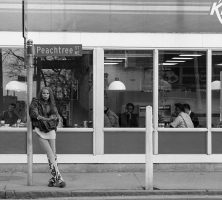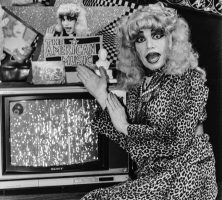The American Music Show was a weekly television series created and broadcast in Atlanta from 1981 until 2005. One of the longest-running public access cable television programs, it acquired cult status and helped launch the career of RuPaul, who appeared numerous times on the show.
Existing at a unique intersection of queer underground and post–civil rights era Black Atlanta, The American Music Show’s emphasis on drag, irreverent satire, and DIY aesthetic was a harbinger of queer visibility in mainstream American entertainment and contemporary consumer-generated, internet-distributed media.

Co-creators Dick Richards and James Bond met in Atlanta in 1972 through their activism in Democratic Party politics. The next year, Bond, the brother of prominent civil rights activist Julian Bond, won a seat on Atlanta’s City Council. As a councilmember, Bond worked to establish public access cable television in the city, which resulted in cable companies agreeing to provide public access to equipment, training, and airtime for community-generated programs. During this time, Bond and Richards hosted a radio show on the city’s independent WRFG station, titled The American Music Show.
The television version of The American Music Show debuted on Atlanta’s People TV cable station in early 1981. Richards and Bond co-hosted, with camerawork and production by Potsy Duncan. It was initially modeled on late-night talk shows and skit comedy, with current or classic rock and soul music as a consistent backdrop. One-hour episodes were taped in the basement of the Bond family home near Atlanta’s West End neighborhood. Bond’s and Richards’ droll onscreen interactions were augmented by guest interviews, pre-taped performances by local bands, and comedic sketches by recurring cast and crew.
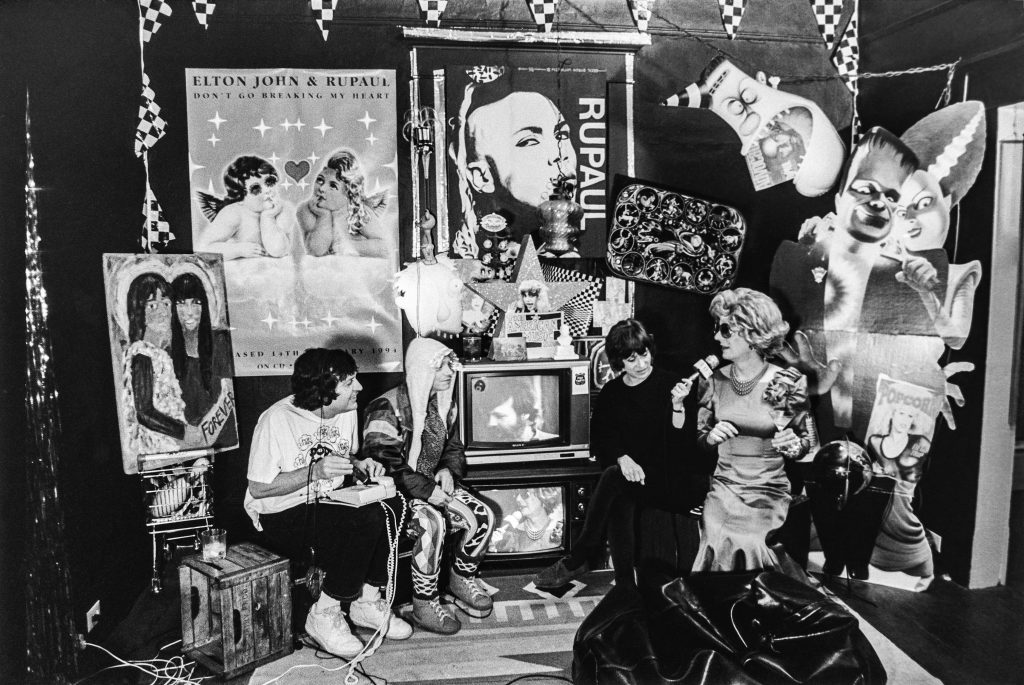
When Bond left the show in the early 1980s, Richards began taping episodes in his home near Inman Park, and the show’s runtime was reduced to thirty-minute weekly installments. This began the phase for which the show is most known. During this time, Potsy Duncan took over as co-host alongside Richards, while Bud “Beebo” Lowry ran the camera and simultaneously co-hosted, made visible on a monitor between Richards and Duncan. The show became identified with its drag characters, with all actors performing drag at various points, and many of its fictional characters drew inspiration from white southern stereotypes. The show’s soundtrack was multivocal: three microphones were generally active, such that the camera operator and side characters could comment on onscreen events or act independently of them. The frenetic studio atmosphere alternated with contemporaneous footage of Atlanta music venues, nightclubs, and city spaces that appeared on a TV monitor—an experience that, like Lowry’s co-hosting, resulted in viewers watching a screen within a screen.
Richards used a one-take aesthetic and took this to an extreme. Episodes were taped in a single night without do-overs or second takes. After half an hour of material was taped, a host would announce that their time was up and the characters would abruptly bid the audience goodnight. Using the tongue-in-cheek motto “Always Low Standards,” The American Music Show was a prime example of early DIY media culture.
The show’s storylines and characters reflect southern tropes, often outrageously rendered, from the perspective of Atlanta’s urban milieu. The fictional Odum and Peek families (hailing from “Odum’s All Double-Wide Mobile Homes Court”) amply spoofed southern themes. The Peek characters multiplied comically until the family reached mythological proportions. Molli Worthington’s Wanda Peek—the show’s resident “investigative journalist” and star vocalist—was joined by sisters Starla (Potsy Duncan), LaShonda (Reina Oostingh), and DeAundra (Rosser Shymanski) to form an outwardly pious gospel group, caterwauling out of tune between catty arguments. The teenage DeAundra Peek went on to host her own cable access show, “DeAundra Peek’s Teenage Music Club,” and perform regularly in Atlanta throughout the 1990s.
A number of other gifted performers stayed with the show over decades. Musician and actor Paul Burke’s performances ranged widely, but he was especially adept at playing the innocent child Duffy Odum, who acted as a kind of mascot for the show. David Goldman was known for his over-the-top comic energy, improvisational skills, and a bewildering array of drag southern matrons and grotesques.
Other performers came from musical and theater contexts. Pam Perry and Tom Zarrilli brought sardonic satire from their work with Burke and Worthington in the comedy troupe Red Meat and Sproutz. Sandra Beckham (performing as Elouise Montague) and Clare Butler appeared as members of the band Now Explosion along with Larry Tee, Russ Trent, and Jon Witherspoon, the latter of whom also appeared in drag as Lahoma Van Zandt. Additional cast members included musician Todd Butler, visual artist Jon Arge, Ted Rubinstein, and many others.
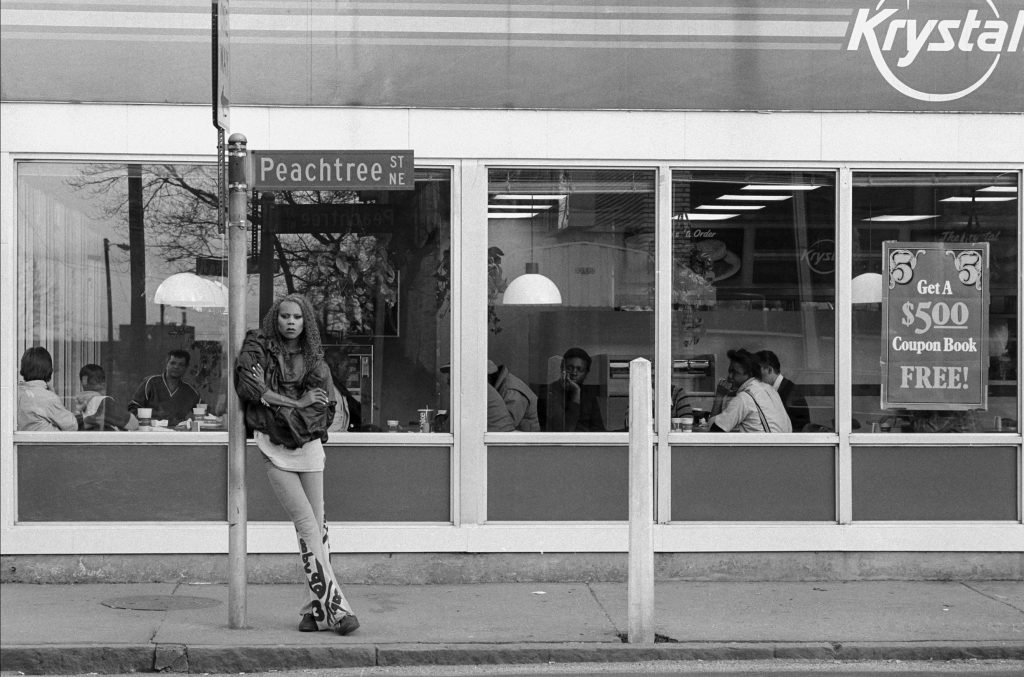
The most prominent cast member was RuPaul, who was performing on the show by mid-1982 and continued to make guest appearances throughout the decade. In the fictional guise of Starbooty, and as himself, he developed his drag skills and public persona, eventually becoming an international symbol of drag. RuPaul has credited The American Music Show with giving him his start in show business.
Under Richards’s leadership, The American Music Show underpinned an entertainment cottage industry. Cast members made short films combining B-movie aesthetics, drag, Southern Gothic narratives, and TV crime show parodies. Richards founded the Funtone record label, which released singles and albums by RuPaul and other artists. Funtone and the TV show cast hosted regular, sometimes weekly, live performances in the 1980s and 1990s at numerous Atlanta clubs, such as The Metro, Club Rio, and Velvet, which were often videotaped and presented on the show. Burke and other cast members also formed performance-art bands like Monkey One, while the Peek sisters appeared in gay clubs throughout the 1990s. During the 1980s, The American Music Show became part of a queer nightlife circuit between Atlanta and New York City through Richards’s Funtone crew, Larry Tee (who ran clubs in both cities), RuPaul, Wigstock festival founder Lady Bunny, and performers like John Sex, as well as video documentarian Nelson Sullivan.
The show ceased broadcasting in 2005, as YouTube signaled a new era in media access. Richards embraced the platform, uploading hundreds of clips from the show to preserve its legacy. In 2013 Richards, Goldman, and Duncan placed a large collection of original videotapes and memorabilia in the Stuart A. Rose Manuscript, Archives, and Rare Book Library at Emory University.
The number of viewers who watched The American Music Show during its original run is unknown; ratings were apparently not measured and the participants’ only indication of viewership was from personal comments and occasional fan mail. Through RuPaul’s subsequent fame and the show’s connections to the more well-documented New York club scene, The American Music Show undergoes regular rediscovery and new viewerships, while its foreshadowing of YouTube video creators and a latter-day appreciation of its incisive satire and classic performances continue to grow its cult status and scholarly interest.


